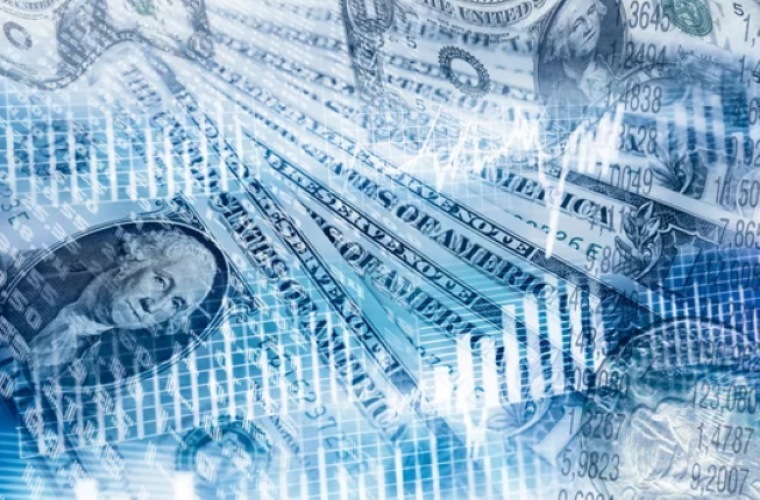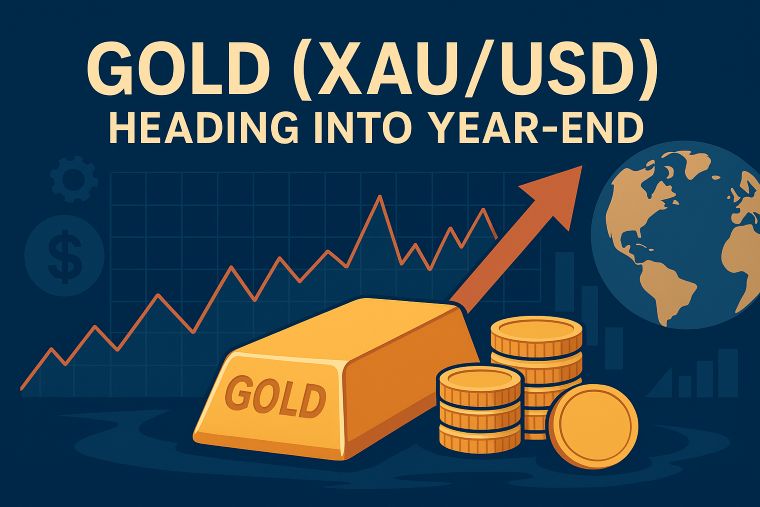3 min to read
The US dollar is on a weekly upward trend
the US dollar seems to be recovering today.

“The US dollar is on a weekly upward trend, but expectations of an interest rate cut by the Federal Reserve Board (FRB) are increasing”
Despite yesterday’s decline against most major currencies, the US dollar seems to be recovering today.
Following the hawkish comments by FRB member Waller last Friday, the market became confident of an interest rate hike at the next meeting in May, thereby reducing expectations of a rate cut until the end of the year.
As a result, the US dollar has been on an upward trend for the first time in almost two months on a weekly basis.
Now, just a few days before the blackout period for the FRB, Cleveland Fed President Mester’s comment that the FRB is still prepared to raise interest rates has increased the credibility of a rate hike at the next meeting.
However, this week’s recovery of the US dollar is far from a significant revival.
Yesterday’s US economic data still suggests concerns about a recession, and the current market is factoring in a cut of about 0.5% by December and further cuts in 2024.
Last week’s initial jobless claims in the US increased again, indicating that the US labor market is gradually cooling.
According to a survey by the Philadelphia Fed, manufacturing in the region shrank to its lowest level in about three years in April, and it is predicted that business activity will be suppressed for the next two quarters.
ECB’s Lagarde remains hawkish & Japanese yen remains on the rise In contrast to the Fed, the ECB is expected to have a total of 0.75% interest rate hikes and no interest rate cuts are priced in for the rest of the year.
Yesterday, President Lagarde stated that inflation rates in the eurozone are too high and there is still something that can be done with monetary policy to curb inflation.
This statement may meet market expectations, so the decline in EURUSD may be limited.
Due to the difference in policies between the Fed and the ECB, the euro may rise above $1.1035 against the US dollar in the near future.
Today, the Japanese yen is the only currency that is not rising against the US dollar.
This is due to the possibility that the Japanese yen has recently become attractive as a safe haven asset amid concerns about the US economy, and the Japanese consumer price index has recovered from minus 0.6% to 0.4% compared to the previous month, which may have supported the yen.
This data raises doubts about whether Japan’s inflation will continue to slow, and expectations for early policy normalization by the Bank of Japan have increased.
However, the Bank of Japan is not expected to change its policy for the time being, as it is the first meeting for new Governor Ueda next week.
Concerns of recession weigh on US stock market Yesterday, all three indices of the US stock market fell after earnings reports from Tesla and AT&T.
Tesla reported its lowest gross profit margin in the past two years and announced that CEO Musk would lower prices to expand demand, causing the stock price to drop by about 10%.
This triggered a potential price war in the electric vehicle industry, which also had a significant impact on the stock prices of other automakers.
On the other hand, AT&T’s stock price fell more than 10% after revenue and free cash flow estimates fell short.
Concerns about the US economy continue to weigh on the stock market, but the expectation of interest rate cuts by the end of the year may keep investing in stocks as an option, so it may be premature to view it as a long-term bearish trend.
Although the S&P500 is struggling to break through the 4,150 wall, data suggesting a decline in interest rates could give it momentum to break through that wall.
If the index falls below 3,800, the outlook is likely to remain bleak for some time.
Visit XM Official Website.

